Allied Nutrients supports 4R Nutrient Stewardship*, a science-based approach to best management practices. This involves applying the Right nutrient source at the Right rate at the Right time in the Right place. Adopting these practices helps to make sure fertilizers are used responsibly.
The 4R approach offers flexibility in achieving responsible nutrient management. However, there is also room to make the wrong choices, or conditions may change that are beyond your control. This can create the potential for off-site nutrient movement including leaching, denitrification, runoff and volatilization. Some of these processes present potential risks to the environment.
* The 4R approach is endorsed and supported by the International Plant Nutrition Institute, The Fertilizer Institute, The Canadian Fertilizer Institute and the International Fertilizer Industry Association.

